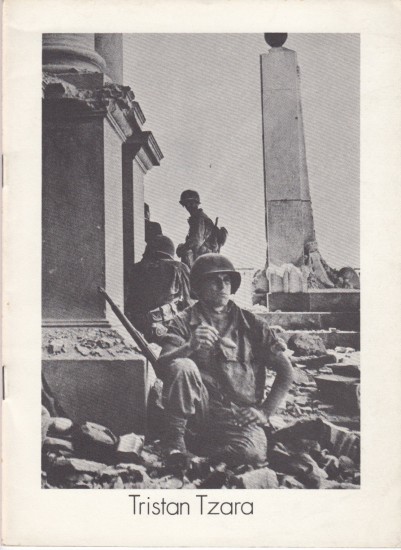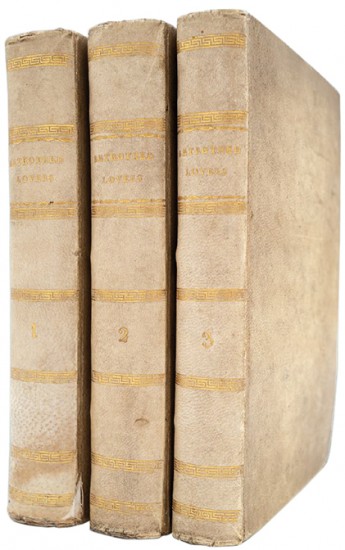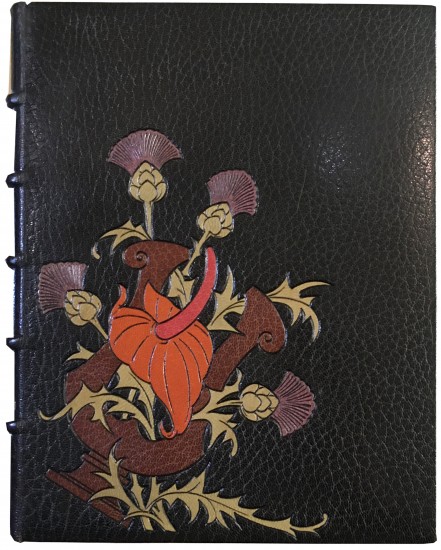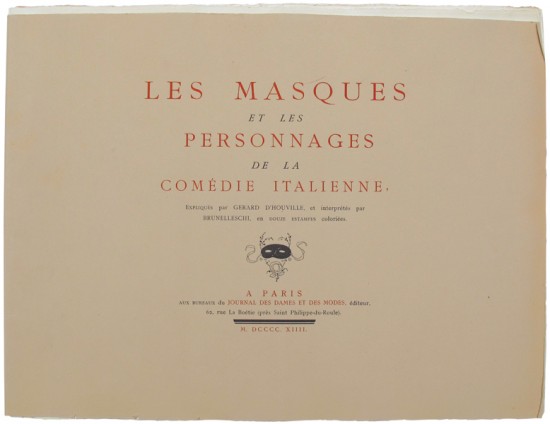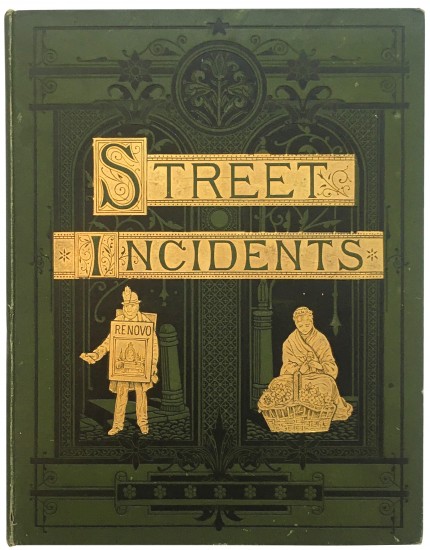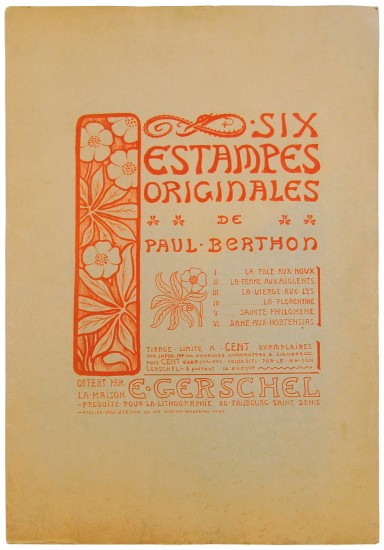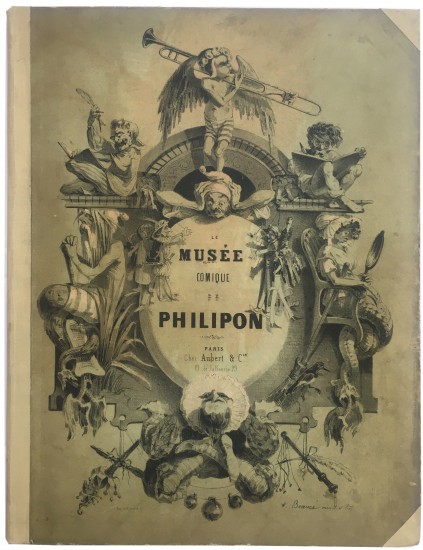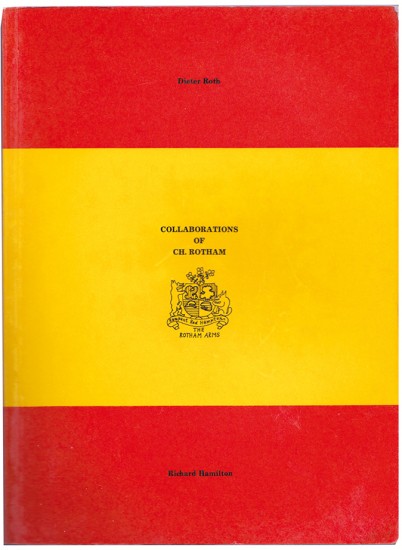The Architecture of Andrea Palladio; in Four Books ... Revis'd, Design'd and Publish'd by Giacomo Leoni ... &c
Palladio, Andrea
London. Printed by John Watts for the Author. 1715 issued in parts 1715–1720
Sold
First edition of Palladio's treatise in English.
Palladio's influence on the course of British architecture in the eighteenth century was enormous. The publication of I Quattro libri in England had a significant impact in disseminating the work of the great Venetian architect of the Renaissance. While Palladio's Italian text had been translated into a number of languages within a fairly short period of time, this English version did not appear until nearly 150 years after the original was issued.
It was a publishing venture of the architect Giacomo Leoni, who in 1715 had recently arrived in England, having previously been in Dusseldorf in the service of the Elector Palatine. Leoni had long been an admirer of Palladio, and he went to considerable trouble to produce the present edition, commissioning an English-language translation of the text from the military engineer and architect Nicholas Dubois, and an allegorical frontispiece and a portrait of Palladio from his fellow Venetian artist Sebastiano Ricci. Leoni himself redrew Palladio's original line illustrations with added shading so that they could be reproduced as more attractive copper-plate engravings, and he employed for this purpose not merely three engravers in London but also the highly regarded Amsterdam engraver Bernard Picart. The volumes also provide parallel texts in Italian and French.
'Palladio's lasting influence on architectural style ... was exercised less through his actual buildings than through his textbook. This is divided into four sections: orders and elementary problems, domestic building, public building and town planning and temples. Palladio's style was directly inspired by Roman calssical models through the writings of Vitruvius and Alberti. Its characteristics are those of classicism: symmetry, order, fixed mathematical relations of the parts to each other and to the whole, logic and monumentality.' (PMM).
Despite the ambitious nature of Leoni's publishing plans, he had chosen his moment well, for the Palladian style of architecture was just becoming fashionable in England, and this edition seems to have been a complete commercial success, Leoni running out of copies of Books I and II as early as March 1720. The subscriber's list records a total of 308 names, and it seems probable that the number of copies printed was also just over 300, for the book was available from Leoni on subscription terms only. Original subscribers included Wren, Hawksmoor (Hawksmore), Vanbrugh and Lord Burlington's mother (the Countess Burlington), Burlington himself did not subscribe until the issue of Books III & IV (three copies). Complete copies of the first edition are consequently not at all common.
[Fowler 223; not in Berlin; not in Millard; see PMM 92 for the first edition of 1570].
Palladio's influence on the course of British architecture in the eighteenth century was enormous. The publication of I Quattro libri in England had a significant impact in disseminating the work of the great Venetian architect of the Renaissance. While Palladio's Italian text had been translated into a number of languages within a fairly short period of time, this English version did not appear until nearly 150 years after the original was issued.
It was a publishing venture of the architect Giacomo Leoni, who in 1715 had recently arrived in England, having previously been in Dusseldorf in the service of the Elector Palatine. Leoni had long been an admirer of Palladio, and he went to considerable trouble to produce the present edition, commissioning an English-language translation of the text from the military engineer and architect Nicholas Dubois, and an allegorical frontispiece and a portrait of Palladio from his fellow Venetian artist Sebastiano Ricci. Leoni himself redrew Palladio's original line illustrations with added shading so that they could be reproduced as more attractive copper-plate engravings, and he employed for this purpose not merely three engravers in London but also the highly regarded Amsterdam engraver Bernard Picart. The volumes also provide parallel texts in Italian and French.
'Palladio's lasting influence on architectural style ... was exercised less through his actual buildings than through his textbook. This is divided into four sections: orders and elementary problems, domestic building, public building and town planning and temples. Palladio's style was directly inspired by Roman calssical models through the writings of Vitruvius and Alberti. Its characteristics are those of classicism: symmetry, order, fixed mathematical relations of the parts to each other and to the whole, logic and monumentality.' (PMM).
Despite the ambitious nature of Leoni's publishing plans, he had chosen his moment well, for the Palladian style of architecture was just becoming fashionable in England, and this edition seems to have been a complete commercial success, Leoni running out of copies of Books I and II as early as March 1720. The subscriber's list records a total of 308 names, and it seems probable that the number of copies printed was also just over 300, for the book was available from Leoni on subscription terms only. Original subscribers included Wren, Hawksmoor (Hawksmore), Vanbrugh and Lord Burlington's mother (the Countess Burlington), Burlington himself did not subscribe until the issue of Books III & IV (three copies). Complete copies of the first edition are consequently not at all common.
[Fowler 223; not in Berlin; not in Millard; see PMM 92 for the first edition of 1570].
pp. (xii), 54; (ii), 37; (iv), 37; (iv), 33; 17, (v). 4 (5) vols. in 1. Folio. (464 x 310 mm). Engraved portrait frontispiece (mounted) and allegorical frontispiece, printed title with publisher's vignette to each book (including Book IV, Part II), biographical note, translator's preface, list of subscribers (with additional lists in Books III and IV), preface to the Reader, Italian dedications in Books II, III and IV, text of Palladio's Books I - IV, table, final leaf verso with privilege and 205 engraved plates, 15 double-page and 12 in-text engravings in the text of Book I. Engraved head- and tail-pieces and six-line decorative initials throughout; plates bound at end of each volume. Sheet size: 450 x 285 mm. Contemporary speckled calf, boards with elaborate tooled surrounds in blind, banded spine with elaborate decorative tooling and morocco labels with gilt title s in eight compartments, later endpapers, red sprinkled edges.
#44705


